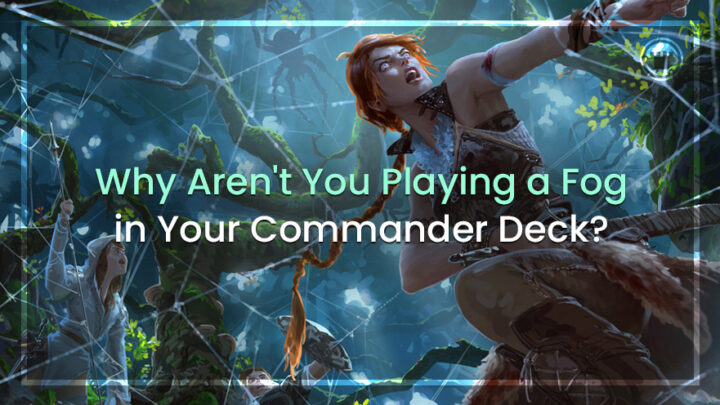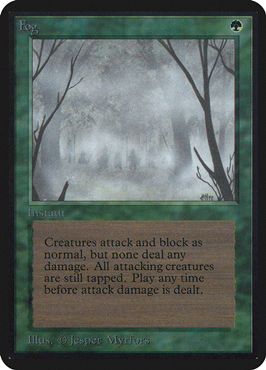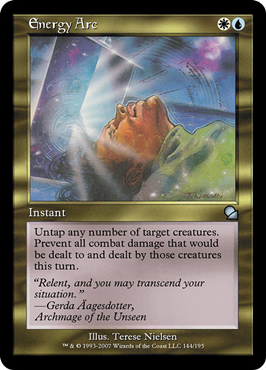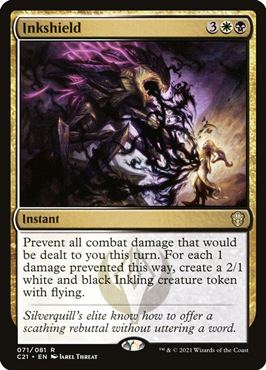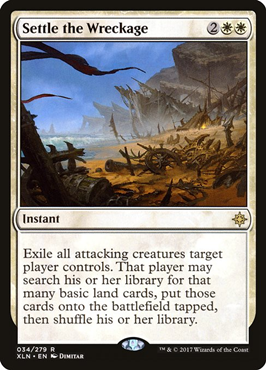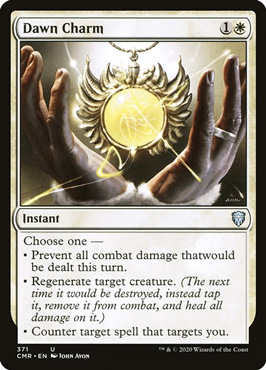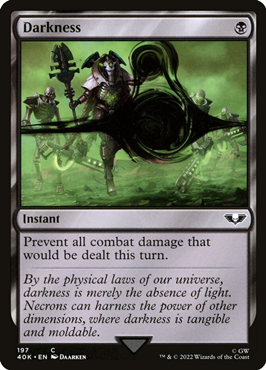When you think of Fog effects, you think Turbofog. You think grindy, dull games. But do Fogs have a bad reputation and should you be playing one in Commander? Kristen has the lowdown.
When you think of Magic, one of the core elements that comes to mind is combat. It’s where most of the decisions are made, and it’s where you can make or break your chance of victory.
In Draft and Sealed, combat is how the majority of games are won or lost, and depending on the format, it’s also a huge part of strategy. You have to decide who is on the beatdown, when to put pressure on, when to chump block and when to trade instead of using removal.
In Commander, Combat is also a huge part of the game, especially at casual tables. Decision making when it comes to combat is arguably weightier in Commander, too. You have three players to attack, it’s (considered) a faux pas to kill just one of them too quickly without a solid chance at keeping up the momentum and if you pick a fight with the wrong opponent, you could find your chances scuppered.
FOGS IN COMMANDER
Fogs are generally less playable in Limited and 60-card formats owing to them both taking a card slot and frequently being only good when you’re behind. Quadrant Theory dictates a card’s playability (and we have an article on that in Commander, too), so why do they see play in Commander?
The short answer is they are far more punishing. Generally speaking, you need to invest a lot into taking down a player in Commander, where life totals and card quality are high. Going shields down to try and take out a player is a lot riskier when fumbling the bag could result in multiple opponents capitalizing on your hubris.
WHAT GIVES FOGS A BAD REP
I remember playing M20 draft against a Rakdos Sacrifice deck that used a combination of Act of Treason, Bloodsoaked Altar, Bone Splinters, Gruesome Scourger and Unholy Indenture to use my creatures against me.
Scrambling for anything that might help me win games two and three, I sideboarded in an “unplayable,” last-pick copy of Rule of Law. My UW flyers deck cleanly won game two and three. All my opponent could muster was “why are you playing Rule of Law, it’s unplayable”.
Whenever someone loses to a card that’s “unplayable,” they tend to get a bit salty. And since Fogs already have a bad rep from non-Commander formats, the heuristic “Fogs are bad cards” tends to produce the expected negative reaction when players lose because of them.
Fogs are a useful tool to switch the tempo in a game of Commander. They can work as a pseudo-extra turn spell without drawing the same amount of aggro. If you want to level up your thinking, then caveat your “Fogs are bad cards” heuristic with “there’s always a right tool for the job.”
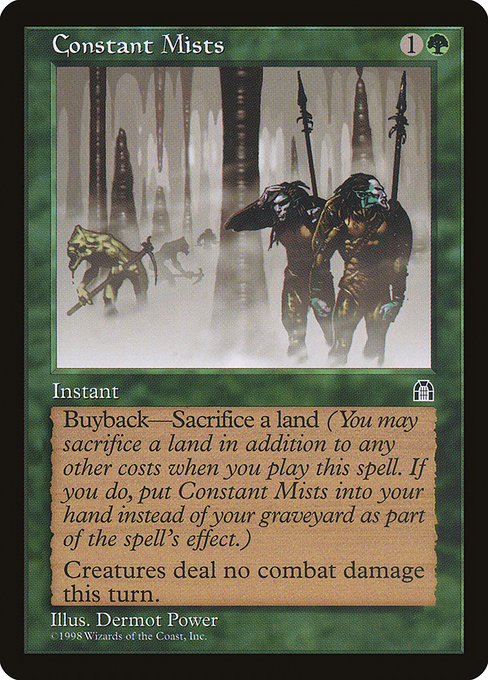
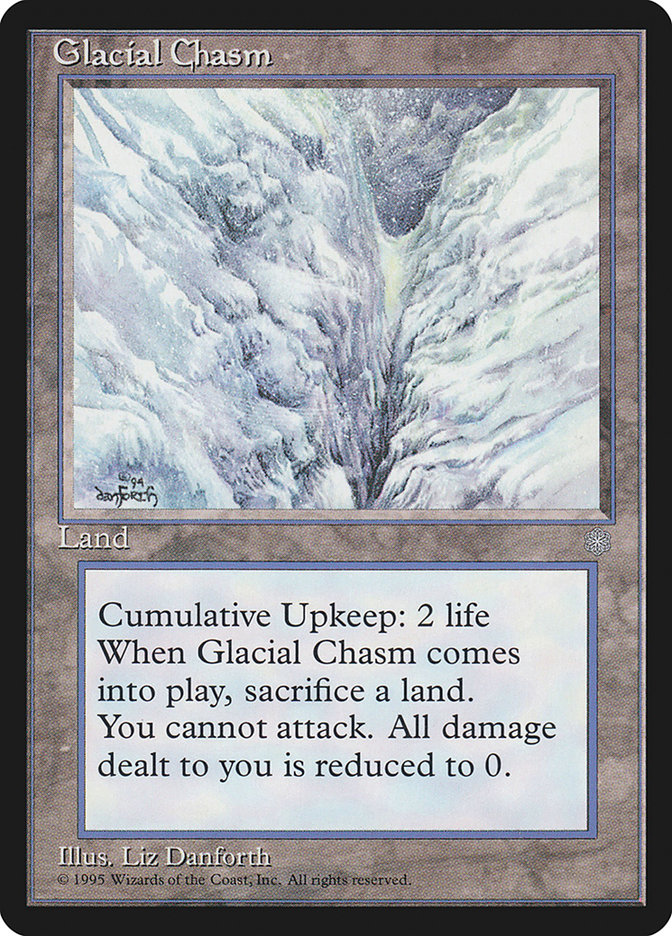
That said, just because Fogs are playable doesn’t mean they escape having a bad rep in other ways. Showing the above two cards is a litmus test for you, dear reader: you’ll either feel simmering resentment at being locked out of the game by them too often or you’ll feel unjustly called out. Take a deep breath and let’s unpack those feelings.
COMBAT IS A FUNDAMENTAL PART OF MAGIC
Combat is what most people think of when they think of Magic. It’s how the majority of Casual players build their decks and it’s an enjoyable part of strategizing. If you remove combat from Magic, it becomes a game of instants and sorceries, a game of assembling solitaire board states with occasional interaction. That’s not the same game, and it’s why leveraging fogs to create a lock on the table can put people off.
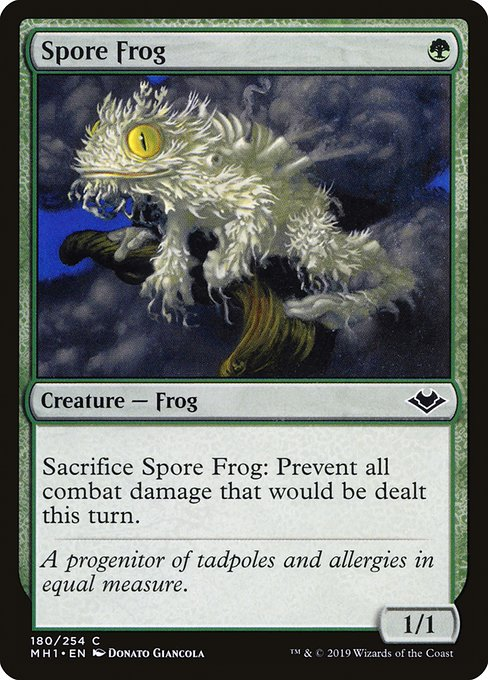
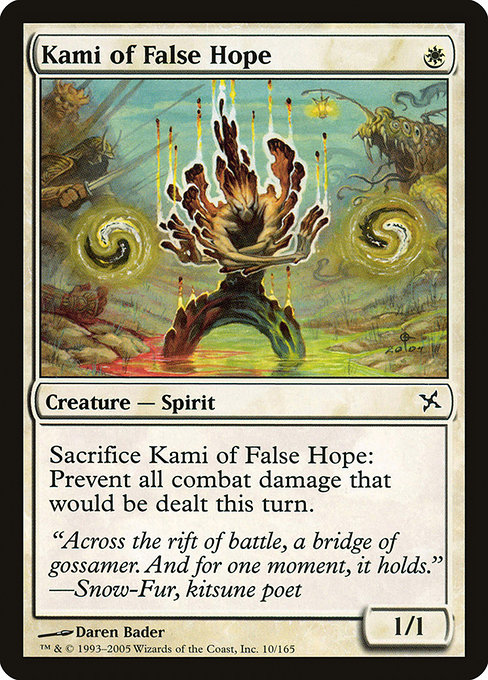
Player agency is paramount in Commander. That’s why mass land destruction, stax (and I’m talking true stax, not a few hatebears) and hard control are people’s least favorite archetypes to play against. People invest time and effort into building, and they mostly want to enjoy a roughly 90-120 min experience where at least some of their decisions matter (more on mismatched games and expectations here).
If players build turbofog decks for tables in a healthy regular playgroup, that’s something else entirely. But for most players?
Fog loops are boring. If you must, make sure in pre-game chats that you ensure players are aware they should pack a deck with an alternate win-con or means to bypass them. Most decision making in Commander is in the combat phase, so removing that part of the game entirely essentially removes the “game.”
WHAT MAKES A FOG FUN
The thing is, I’m not here today to say don’t play Fogs. I’m here to say you should be playing them, but that you should also consider what makes them an engaging kind of card and understand their role in a game.
A fog as a one-shot tempo swing is splashy. It’s cool. It’s the kind of play that has a table howling, and the kind of play that can create stories. Like most “unfun” effects, moderation is key.
I’m also going to say that Fogs are better than ever, due to combat damage triggers being a huge part of casual commander. Most decks rely on damage triggers to draw cards, make treasures and enact a game plan.
If you can disrupt that on a turn with a Fog effect (used proactively to shift tempo, rather than as a way to not die) you can pull yourself back into a game without wiping the board. It’s why I think every deck should play one Fog effect. It keeps people honest.
You might be wondering: “What’s the point in running a one-of effect? Why play that instead of a recurrable Fog?”
Well, provided your deck has plenty of draw, you should see it every couple of games. Casual Commander thrives on variance. Not seeing it every game keeps it fresh, and keeps it from over-centralizing a game. Chances are if others build similarly, the as-fan of fogs each game should be at least one, so it’s not necessary to have to draw yours.
Turbofog decks, like hard control decks, have a place. They’re most fun when suggested as a way to mix things up, and almost introduce an archenemy-lite situation without needing all the extra tools and cards.
Let’s be real — just as turbofog and hard control can dominate casual tables, they lose just as hard to efficient combo decks. Consider if you’re bringing them to a table in good faith in the first place.
SO WHAT FOGS SHOULD I RUN?
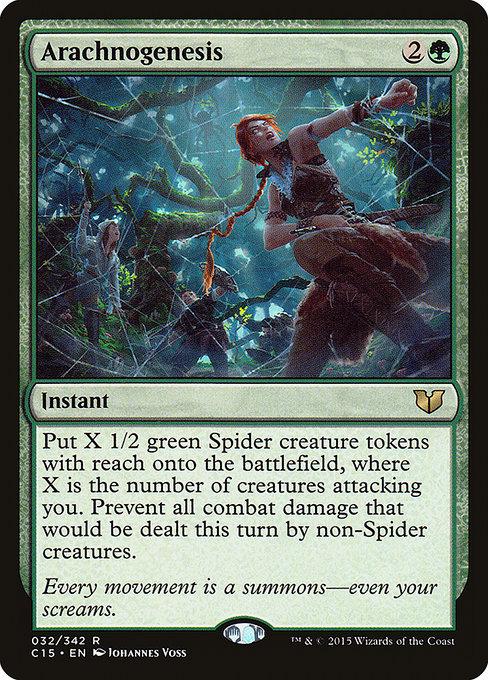
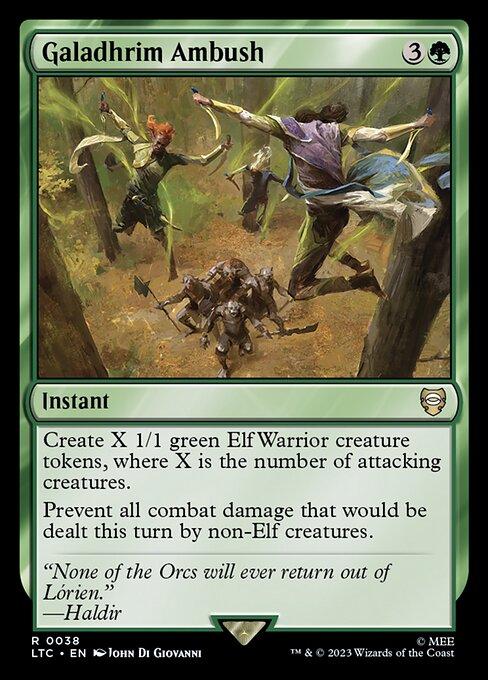
Your first consideration is whether there’s one that synergizes with your build. Spider decks have long coveted Arachnogenesis, but now Elves can get in on that too with Galadhrim Ambush.

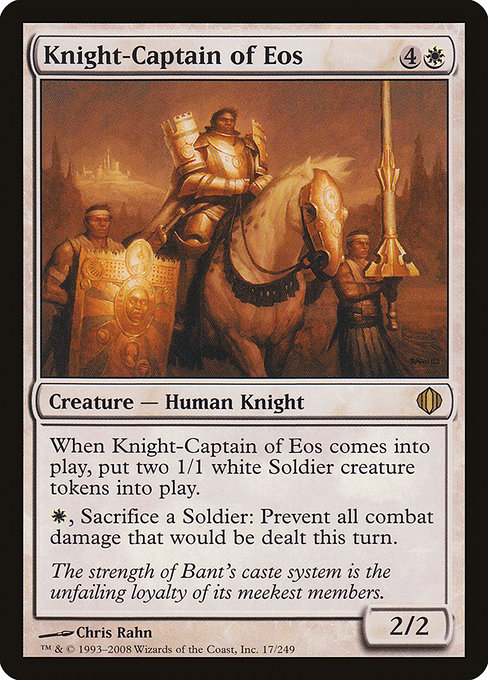
Werewolf decks of course have Moonmist. I’ve got a sweet Agrus Kos, Eternal Soldier deck that uses Agrus to share ability triggers through the team. It’s also a Soldiers-matters deck, so given I’m playing both Teleportation Circle and Nahiri’s Resolve, slotting in Ranger-Captain of Eos is a great option.
I’m trying to go wide anyway. While it’s certainly repeatable, my deck turns the corner quickly (and I have self-restraint) so there’s no danger of grinding a game to a halt.
Lifegain decks should certainly consider Riot Control, which can prevent damage, keep your life total high and also build on it, while triggering your on-board effects.
A big mana deck should look to Jaheira’s Respite. Holding up five mana is easier in that kind of build for starters, and fishing out a bunch of lands makes it worth the investment.
Again, don’t look at this as solely a way to “not die” — use it as a tempo swing, preventing an opponent accruing value.
Energy Arc is one I pointed out recently for the Divine Convocation Precon Upgrade article. Untapping for convoke, or untapping mana dorks, is a sweet little trick if you can somehow score value from it beyond the Fog.
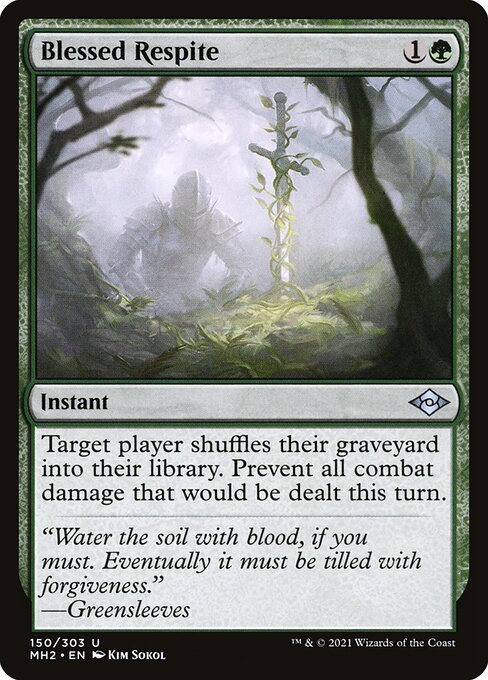

If you don’t have a major synergy, look beyond Obscuring Haze’s free-spell temptation for something with additional value. Blessed Respite is a firm favorite that can save your yard in a pinch or stop an opponent popping off. Tangle really punishes someone going shields down by denying their board the chance to block in the next turn cycle.
If you’re in Orzhov and can spare the mana, Inkshield is probably one of the most powerful Fogs when you consider it can leave you with a board of lethal attackers.
It’s pricey, but a huge blowout. Fogs are easier to cast when cheaper, sure, but if they offer modality, the expensive effects are worth it.
Settle the Wreckage excels if you’re going wide and making tokens, because you can ramp yourself instead of using it defensively.
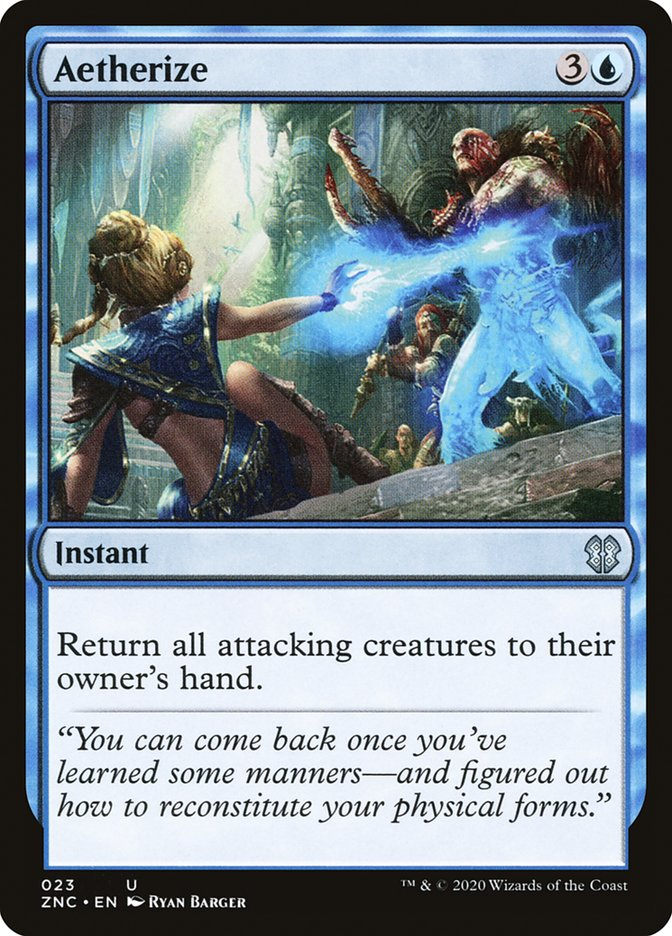
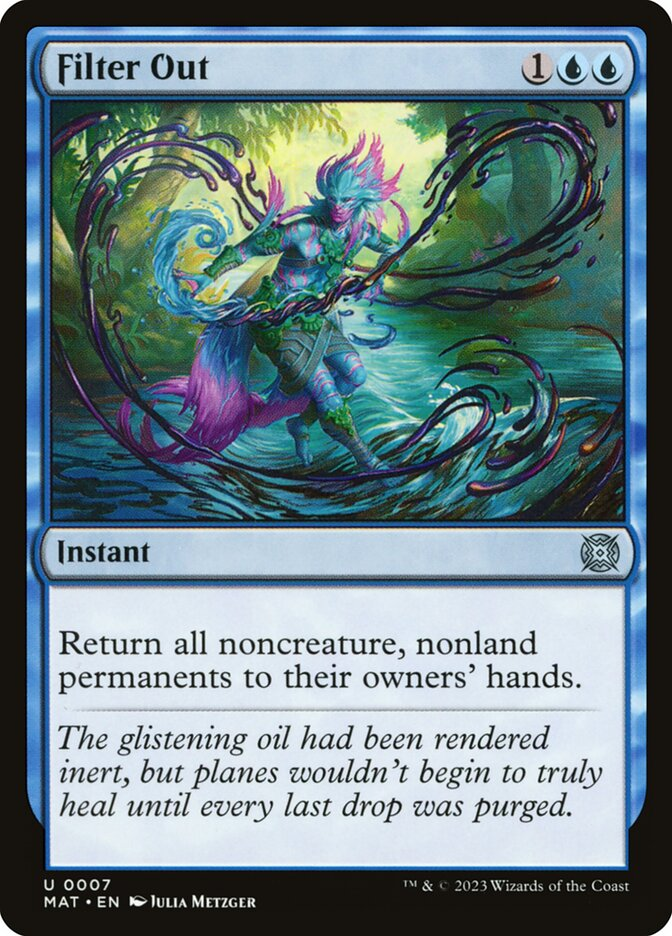
Aetherize is four mana, but it also creates a huge tempo swing — the opponent has to redeploy and they’ll lose any tokens forever.
That’s why Filter Out is usable as a pseudo-fog; by bouncing Auras, Equipment and any buff effects like Coat of Arms or Shared Animosity, you can live to fight another day while creating a big tempo swing.
White is probably second best at Fogs, with Dawn Charm being a literal fog that can also save a creature or counter a spell targeting you. It’s a solid option if you can’t otherwise source synergistic Fogs.
THINK OUTSIDE THE BOX
Other colors have Fogs and fog-adjacent effects. Darkness is literally a color-shifted Fog in black. While you can achieve a similar outcome with Dictate of Erebos, it’s quite the divisive card.
Ensare, meanwhile, leverages the tap effect. Tapping down a board is mostly the same as a fog. Just like perma-tapping is unfun, so too can one-shot tap effects be a fun tempo swinging tool. Githzerai Monk from CLB is another example in white.
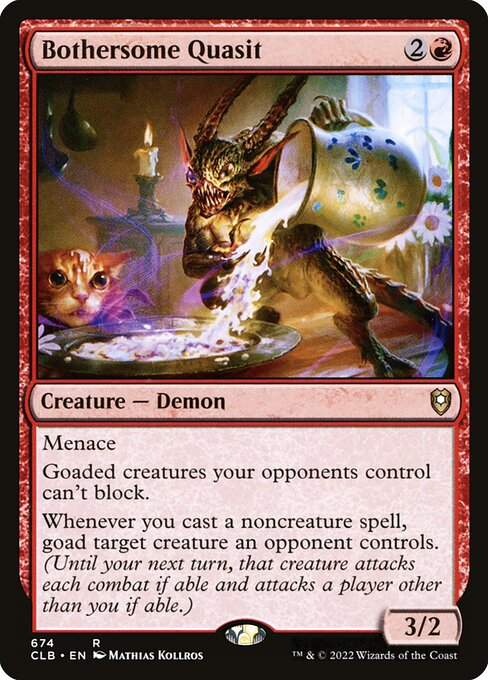

Red doesn’t really do Fogs, but it does do Goad very well. Bothersome Quasit can indeed become… bothersome… when used in an oppressive way, but it’s a tool for red worth mentioning.
For me? I love Laurine, the Diversion. A more costly one-shot Goad feels fairer and is just as useful. The first time I played against a melded Titania, Gaea Incarnate, I was glad Laurine had my back.
END STEP
Fogs aren’t a problem in Commander — they’re a tool. And like any tool, it’s how they’re used that dictates the play experience.
The real issue cards are ones that recur oppressive effects, and the real issue decks are ones that can’t turn the corner and win quickly. Boring your opponents into scooping isn’t a win condition, so make sure you can win quickly if you choose to lock down the table.
In many ways, locking things down on the backfoot is the same as mass land destruction or board wiping post two hours. Is it really worth it?
I’m going to drop a hot truth bomb here: It’s fun to grind out value and build towards a win. That’s classic Magic, and it’s hard to find games like that in Constructed and Draft these days due to power creep.
But just because you can’t find that kind of game in 1v1 doesn’t mean you should subject the table to it in pickup Commander games. If your playgroup loves it, I’m not stopping you — but remember, you’re crafting a participatory experience in Commander, and denying participation is what puts people off.
Remember to think outside the box when you want to shake things up in your meta. I’ve joked about how good Wing Shards would be in many situations recently, given it’s a pseudo-fog that punishes multiple spell turns that lead to big combat steps. It put a smile on my face when a friend deployed it in a game the other day.
It’s aged pretty well, don’t you think? Let me know what you think on Twitter.

Kristen is Card Kingdom’s Head Writer and a member of the Commander Format Panel. Formerly a competitive Pokémon TCG grinder, she has been playing Magic since Shadows Over Innistrad, which in her opinion, was a great set to start with. When she’s not taking names with Equipment and Aggro strategies in Commander, she loves to play any form of Limited.

